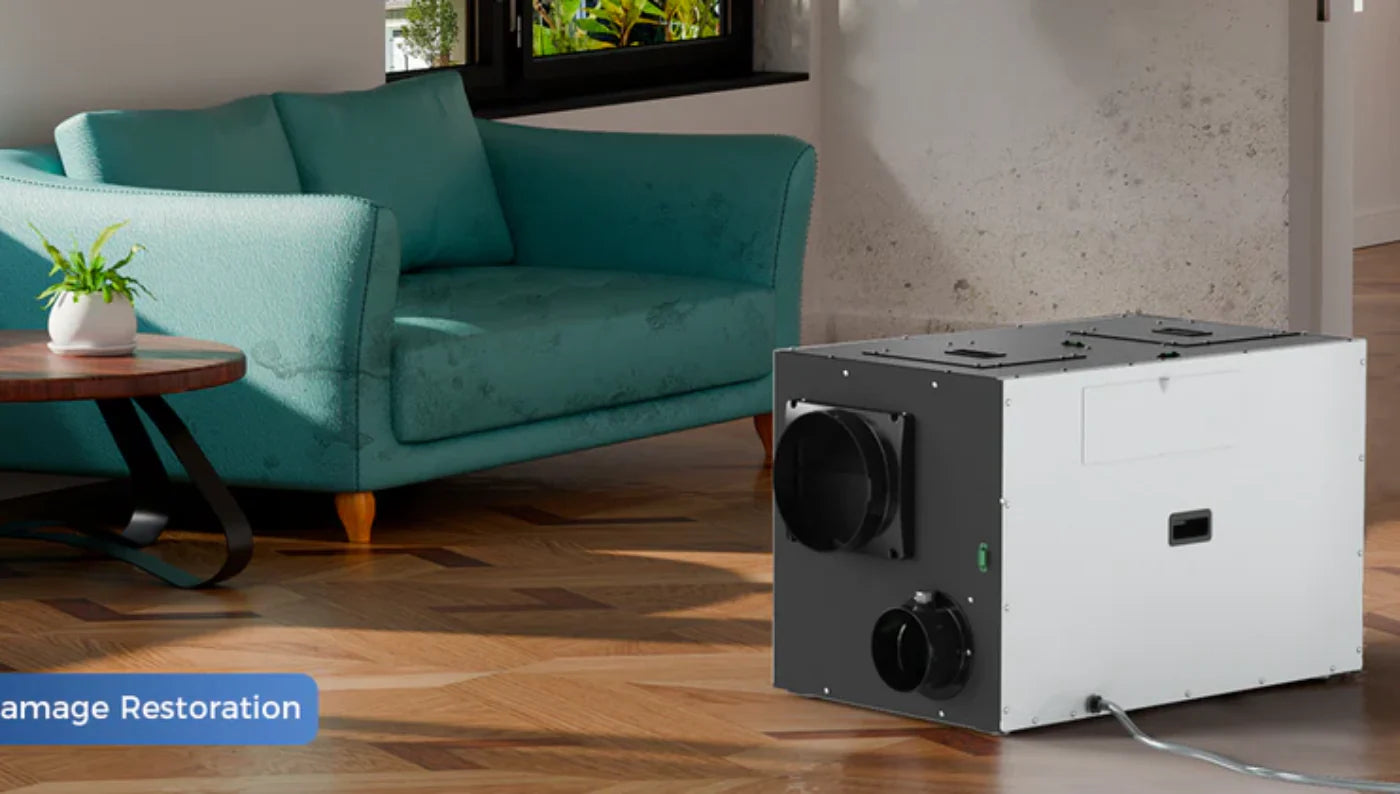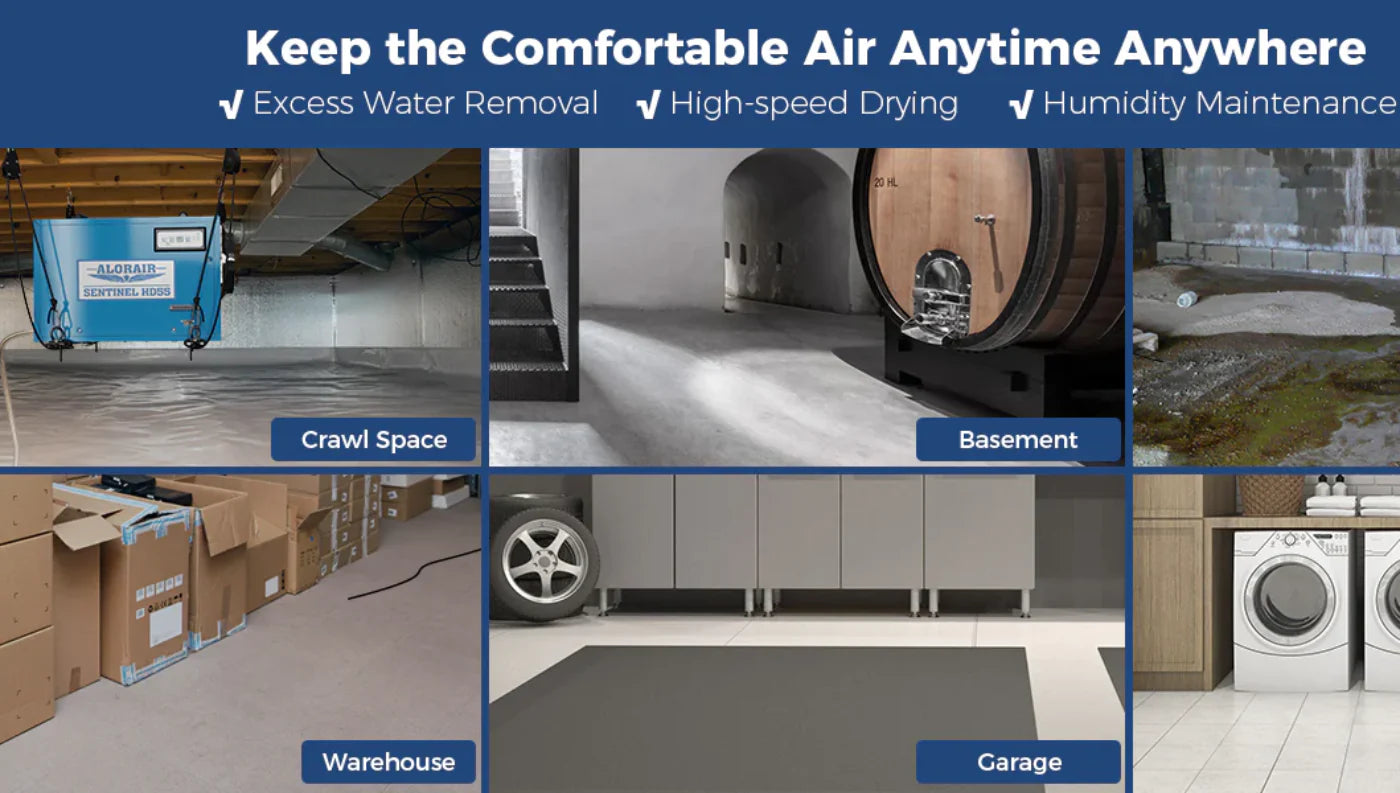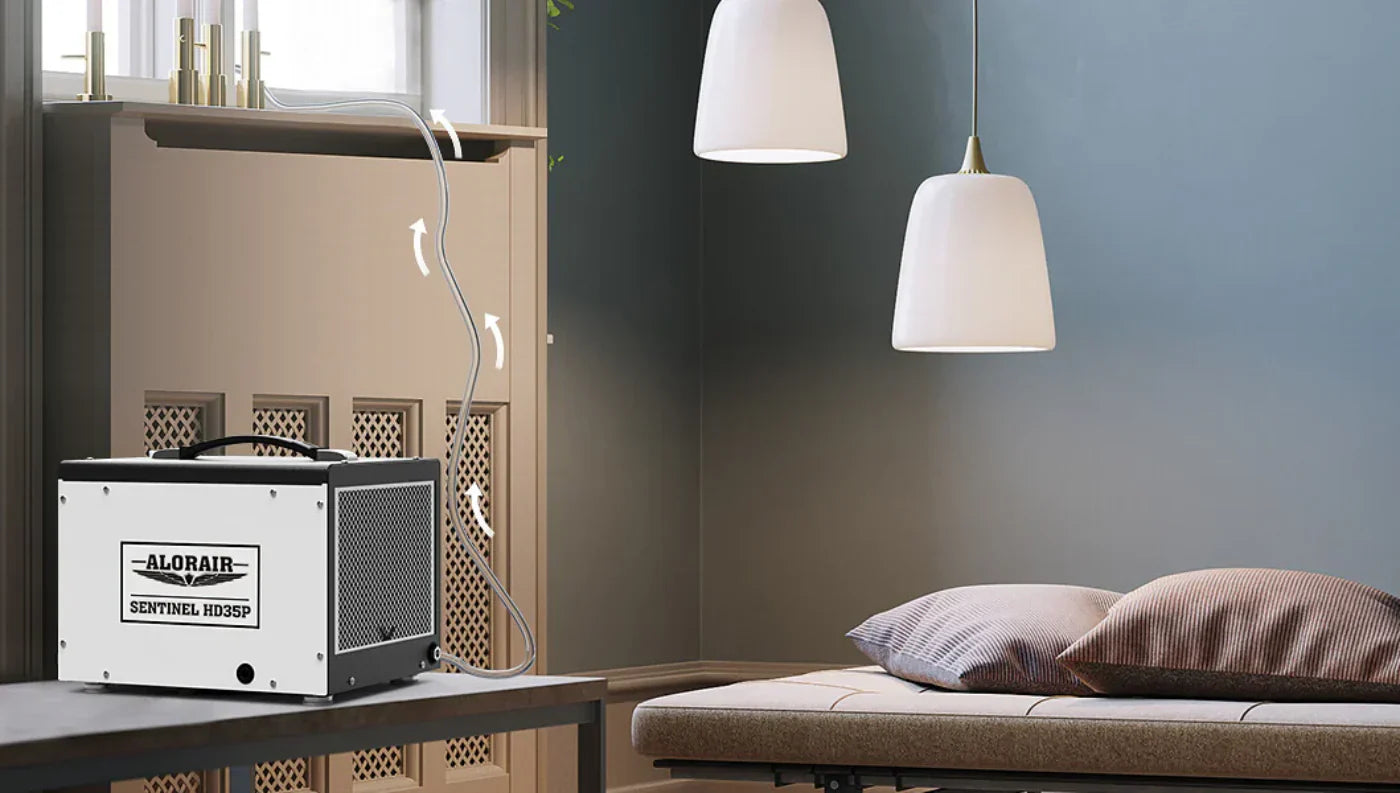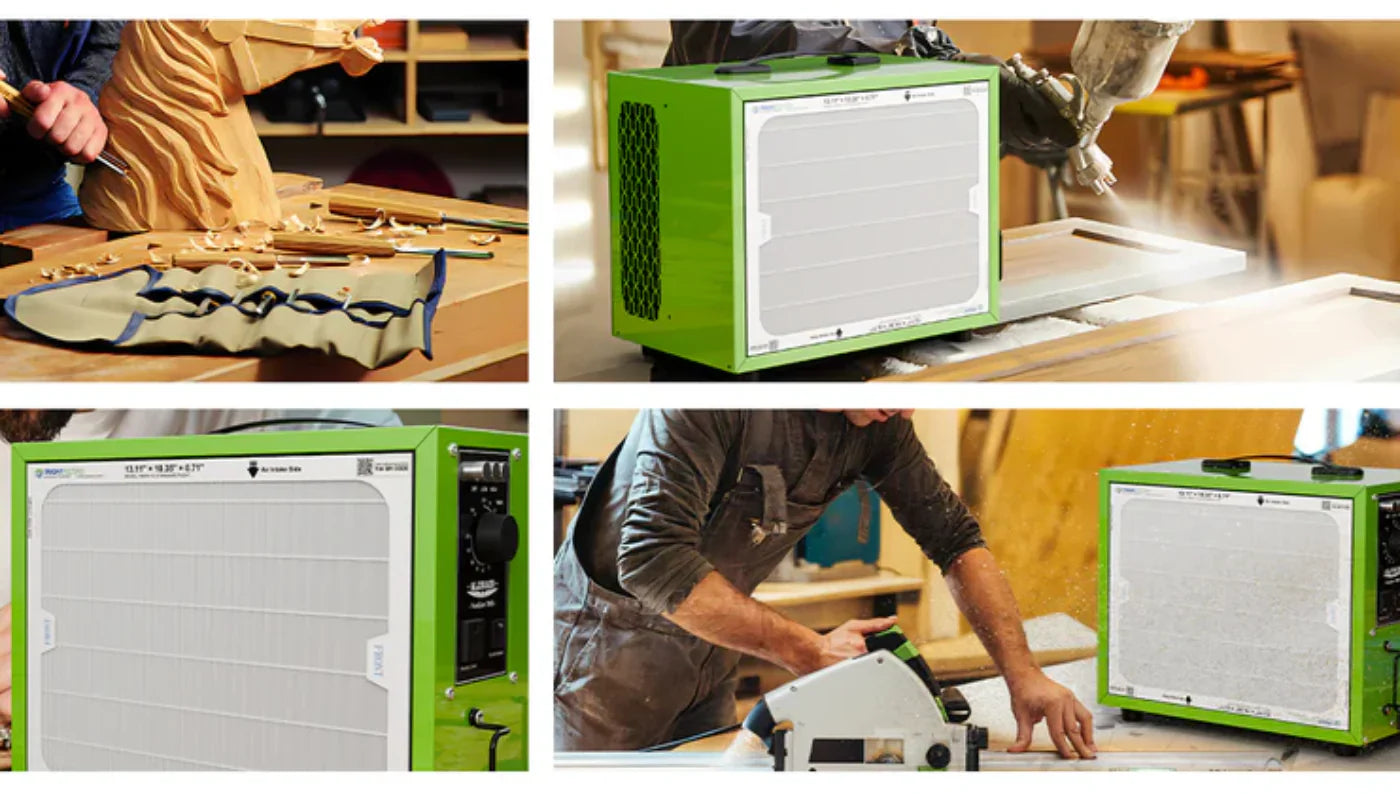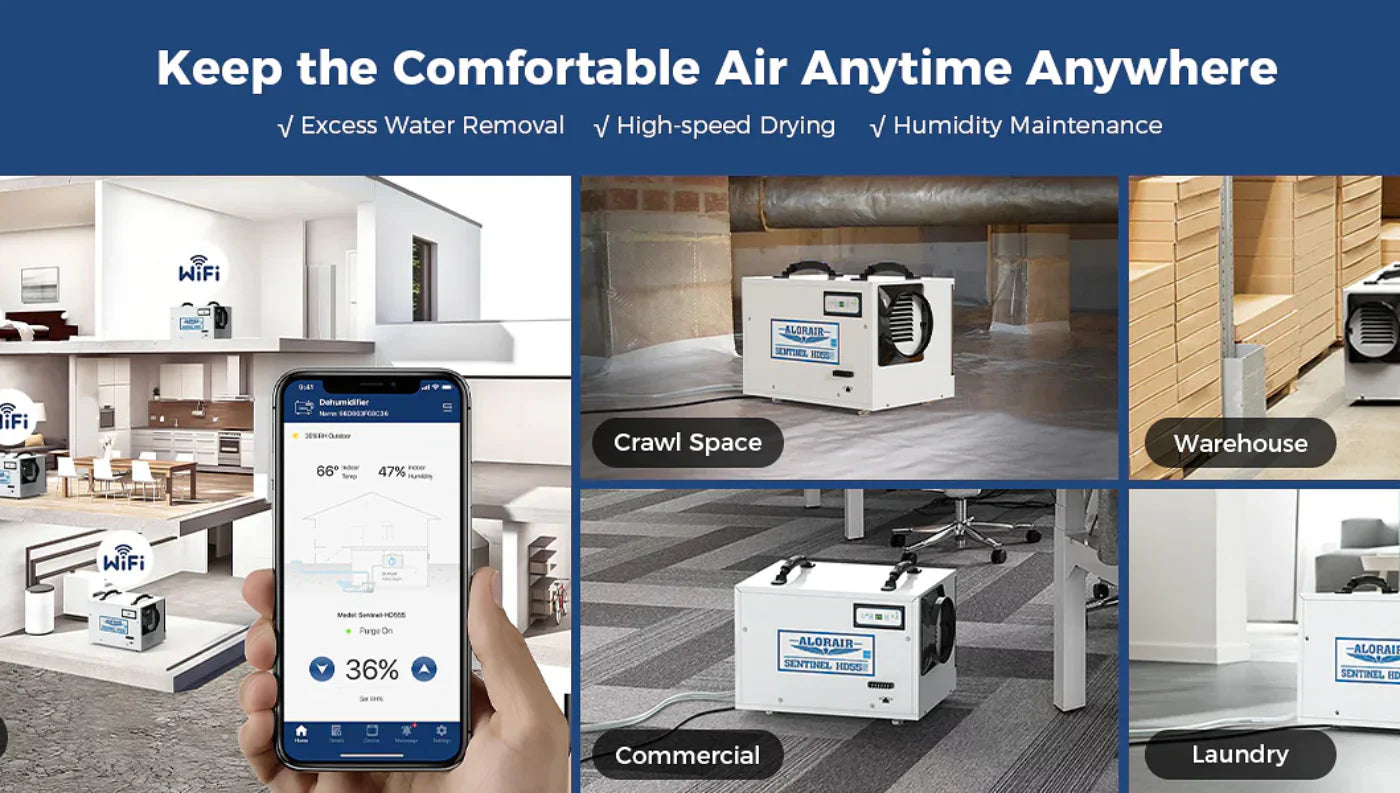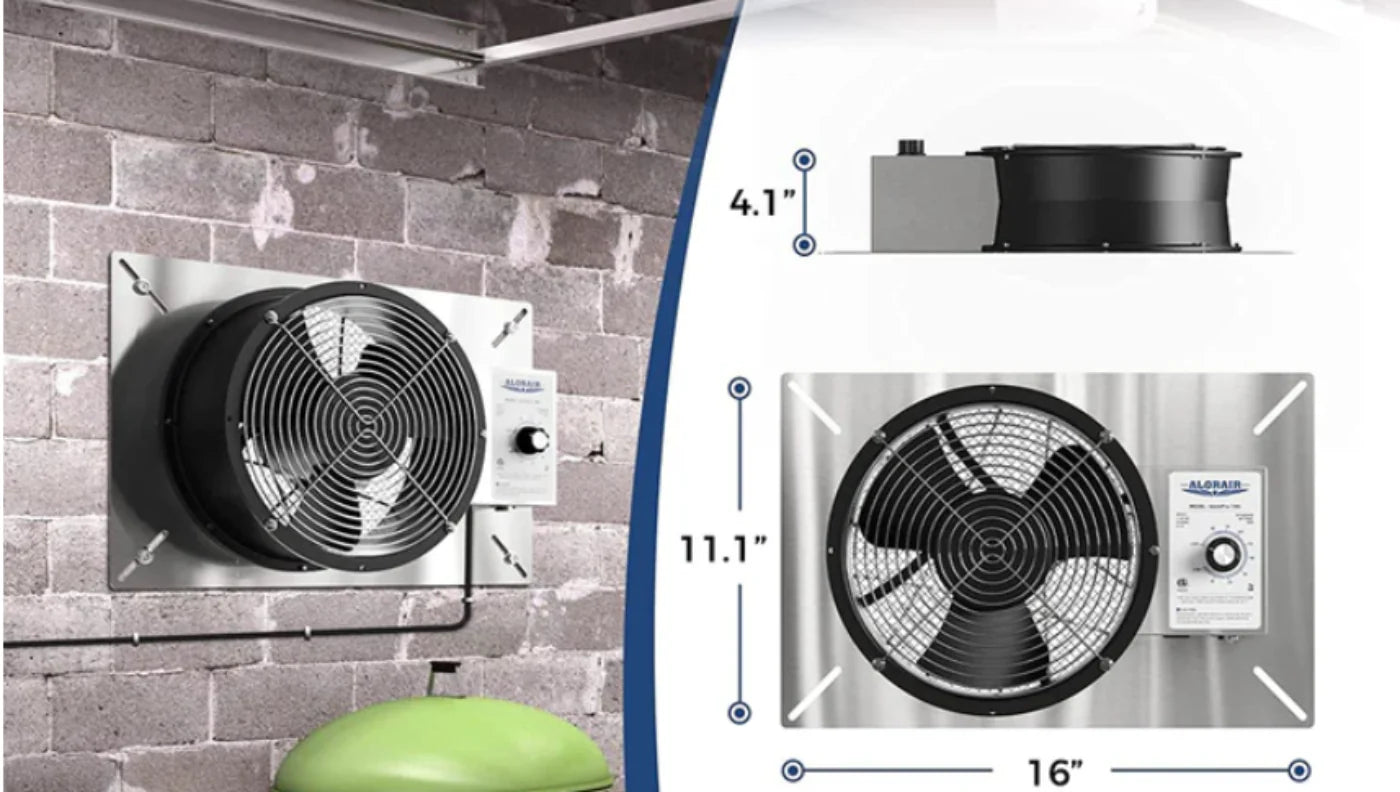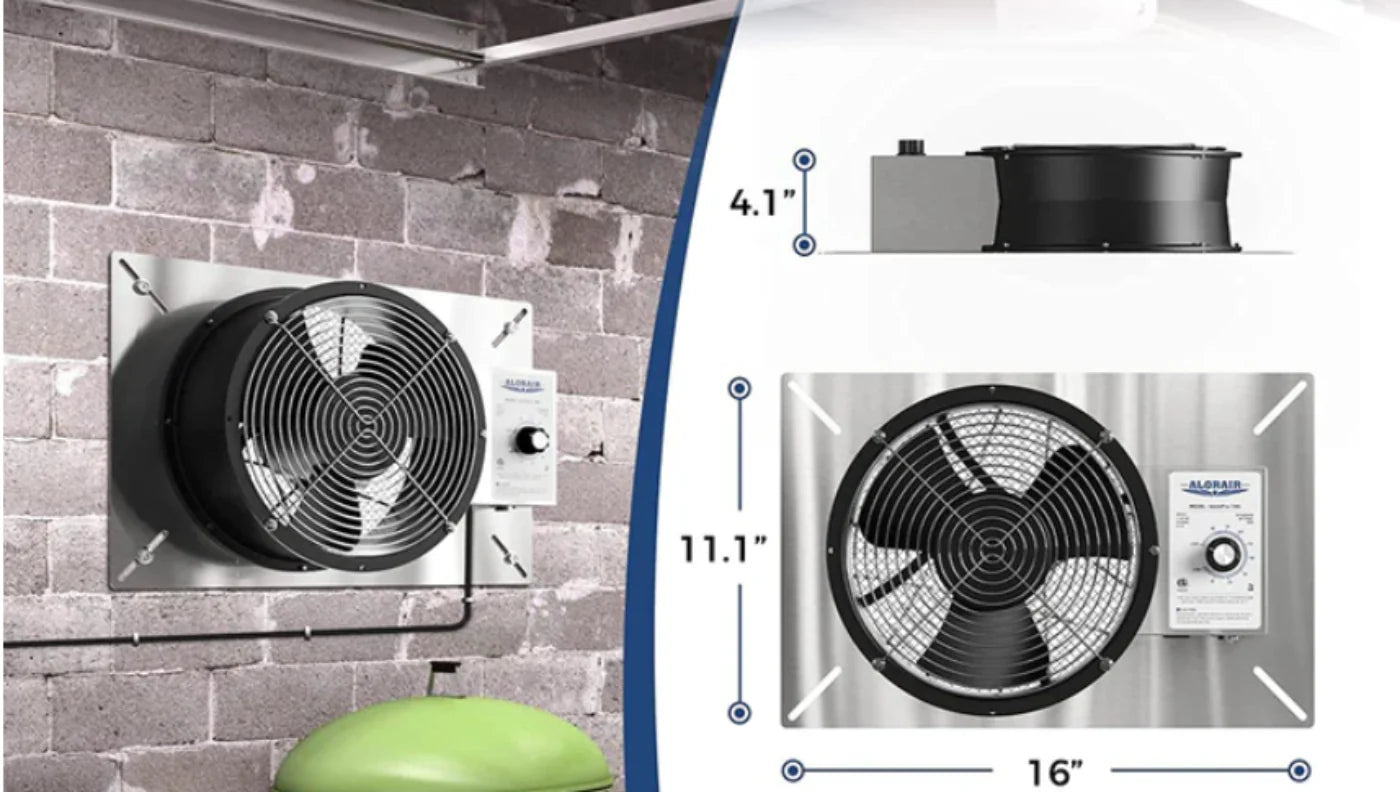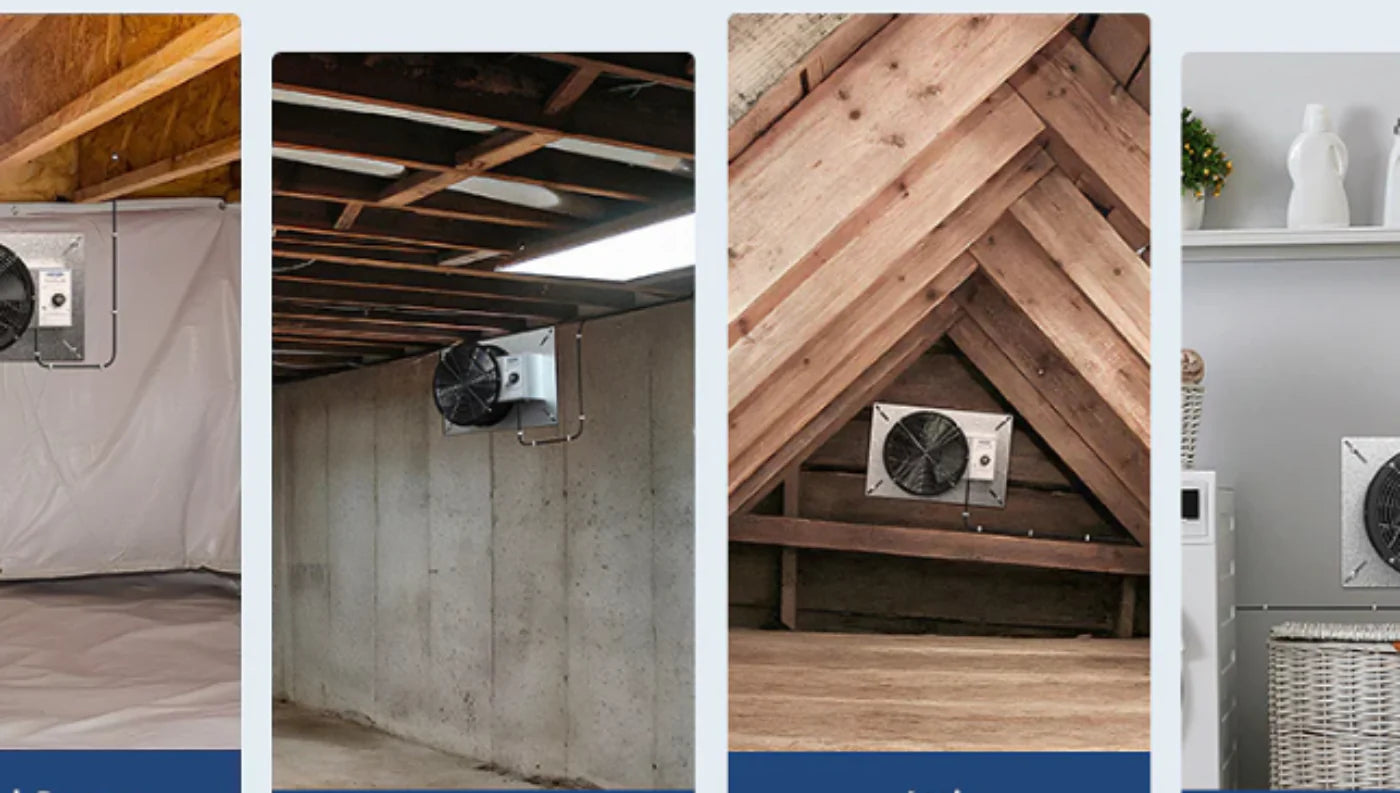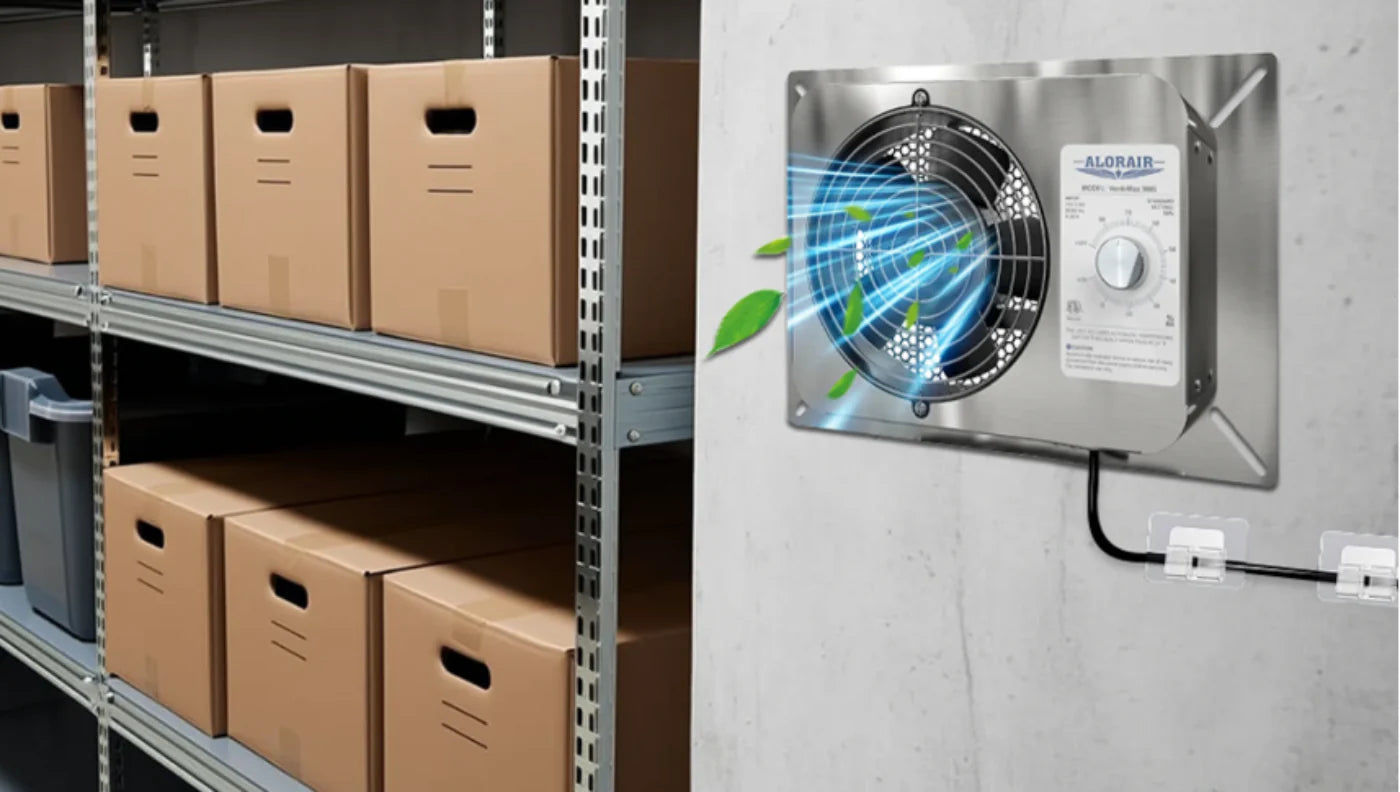Are you wondering the same thing: Will a whole-house dehumidifier use electricity if it's on all the time? In the end, how do you use the most cost-effective? Don't worry. This article will be broken apart to speak, from electricity to electricity costs, from energy saving to saving money. Each piece will be broken up and rubbed so that you have a bottom in mind, to buy and understand, with peace of mind.
Should A Whole House Dehumidifier Run All The Time?
No, and it’s usually not recommended.
Whole house dehumidifiers aren’t designed to run nonstop. Their main job is to keep indoor humidity within a comfortable range—typically between 40% and 60%—not to constantly suck moisture out regardless of conditions. Whether you should run yours all day depends heavily on where you live, your home’s moisture levels, and the device’s features.
The U.S. covers a huge range of climates, so humidity levels vary drastically from state to state.
|
Region |
Typical Humidity Levels |
Need to Run 24/7? |
|
Florida, Louisiana, Gulf Coast |
Often, 60%-80% year-round, rainy seasons last long |
Possibly yes, especially in basements or poorly ventilated spaces |
|
Northeast (NY, PA, IL) |
Humidity spikes in spring & summer; dry winters |
No, better to run seasonally or based on sensor readings |
|
Southwest (CA, AZ, NV) |
Generally dry, humidity often below 30%-40% |
No, may even need humidifiers instead |
Invest $10-$15 in a simple indoor hygrometer to measure your home’s humidity. If your indoor humidity usually stays between 40%-55%, your dehumidifier probably doesn’t need to run all the time.
Seasonal Humidity Changes Mean Year-Round Operation Isn’t Needed. Most U.S. states experience clear seasonal swings in indoor humidity. Take Michigan as an example: May to September (humid season), Indoor humidity often hovers between 60%-75%, so the dehumidifier runs more frequently.
October to April (dry season), Indoor humidity can drop to 25%-35%, especially during the heating season, making dehumidifier use unnecessary or even harmful.
Running your dehumidifier through dry winter months can over-dry your home, causing discomfort, dry skin, and even damage to wood floors and furniture. A Minnesota homeowner who ran their whole house dehumidifier non-stop in January ended up with humidity levels below 30%, which caused dry nasal passages and warped door frames.
How Much Does A Whole-House Dehumidifier Cost To Run?

If you’re wondering about the whole house dehumidifier cost to operate over time, let’s break it down step-by-step. Calculating this precisely helps you budget your electric bill and compare different brands effectively. We'll use the AlorAir CrawlSpace unit as a key example because it’s popular for basement and whole-home dehumidification.
Step 1: Define the Variables
To get an accurate estimate, we need to establish some average assumptions about power usage, daily operation time, and electricity cost:
Average Power Consumption: Whole-house dehumidifiers typically range from 600 watts to 1600 watts. Let’s pick a middle ground of 1000 watts (1 kW) for calculation simplicity.
Average Daily Run Time: On average, these units run about 8 hours per day during the humid months (spring, summer, and fall). That’s roughly 240 days per year of active dehumidifying.
Electricity Cost: The average residential electricity rate in the U.S. is around $0.15 per kWh.
Step 2: Calculate Daily and Annual Energy Consumption
Daily Energy Use: 1 kW × 8 hours = 8 kWh (kilowatt-hours) per day
Annual Energy Use: 8 kWh × 240 days = 1920 kWh per year
Multiply annual kWh by electricity rate: 1920 kWh × $0.15 = $288 per year
So, running an average whole-house dehumidifier 8 hours a day for 240 days costs roughly $288 annually on your electric bill.
Related reading: How Much Does Crawl Space Encapsulation Cost?
Step 3: Energy Efficiency and Real-World Variations
If you have a more energy-efficient model like the AlorAir CrawlSpace, which often features Energy Star certification or advanced compressors, the actual power draw can be lower. For example, some models average closer to 700W to 900W instead of 1000W.
Running your unit fewer hours per day during less humid seasons or using smart humidity controls can reduce your cost to as low as $150 per year.
Conversely, in very humid climates where the dehumidifier runs more often, costs could be higher.
AlorAir CrawlSpace models typically fall between the Santa Fe Compact70 and Aprilaire E100 in terms of energy consumption, making them a cost-effective option for many homeowners who want robust basement or whole-house humidity control.
Will A Dehumidifier Lower My Air Conditioning Bill?
Yes—it absolutely can, if used the right way.
Humidity makes the air feel hotter than it actually is. That’s because water vapor in the air holds heat and slows down your body’s ability to cool through sweating. But for your air conditioner, humidity is also a hidden burden.
Here’s the key point: Your AC has to work harder when the air is humid. When indoor humidity rises above 60%, the air conditioner doesn’t just cool—it first removes moisture, then cools the air. This double workload means your compressor runs longer and burns more energy.
In fact, in a room with 70% humidity or more, the AC may use 20%-30% more energy just to handle the moisture before it can even start cooling properly.
A whole-house dehumidifier—like those from AlorAir CrawlSpace or Aprilaire—takes over the moisture control. It pulls water vapor from the air before it reaches your AC. That way, the air conditioner cools dry air, which is far easier and faster.
This means: Shorter AC cycles, Less compressor strain, Lower overall electricity consumption
Real-Life Example: Florida Homeowners' AC Bill Drop
A homeowner in Orlando, Florida, reported that after installing a whole-house dehumidifier, their AC runtime dropped from 10 hours to 7 hours per day during peak summer.
Here’s what happened to their electricity bill: Before: $280/month for cooling, After dehumidifier installed: $215/month. Savings: 23% reduction in air conditioning cost
Even after accounting for the dehumidifier's own power use, they still came out ahead. Why? Because ACs are much more energy-hungry than modern dehumidifiers.
Running a dehumidifier may cost you $0.15–$0.25 per hour, but if it lets your AC work less, it could save you more than it consumes. In humid regions like Florida, Louisiana, or coastal Texas, the savings can be dramatic.
Is It Cheaper To Run A Dehumidifier Or a Heater?
This comparison might seem a bit apples-to-oranges. After all: A heater is designed to raise temperature. A dehumidifier is made to reduce humidity.
But in places like Seattle, Portland, or the Appalachian Mountains during the winter, people often want both warmth and dryness. So the two devices start overlapping on purpose.
Energy Use Comparison: Let’s look at the average power draw for each:
Device Type Average Power Usage Cost Per Hour (at $0.15/kWh)
Dehumidifier: 0.8–1.2 kW $0.12–$0.18
Electric Heater: 1.5–2.0 kW $0.23–$0.30
Now, assume you run each one for 8 hours:
Dehumidifier: $0.15 × 1.0kW × 8h = ~$1.20/day
Electric heater: $0.15 × 2.0kW × 8h = ~$2.40/day
That’s a 50% difference in daily energy cost.
Dehumidifiers Generate Warmth To. Dehumidifiers release heat during operation. While their main goal is moisture removal, they also generate a small but noticeable temperature bump—about 1–2°C (1.5–3.5°F) in the immediate area.
In moderately damp and chilly environments, this dry warmth is often enough to make a room feel significantly more comfortable without needing a full heater.
If your space is cold and dry, go with a heater. If your space is cold and damp, start with a dehumidifier. You may feel warm enough just by drying the air, and save on energy too. For example, in Northern California’s foggy winters, running a dehumidifier instead of a heater cut energy use by 35% in one homeowner’s guest room while improving comfort just as much.
Conclusion
A whole-house dehumidifier like AlorAir CrawlSpace can cut AC costs, reduce heater use, and improve comfort year-round. Run it smart—not nonstop—and you'll save more than it costs. Still unsure? Track your indoor humidity and see the difference in both air quality and your electric bill.




